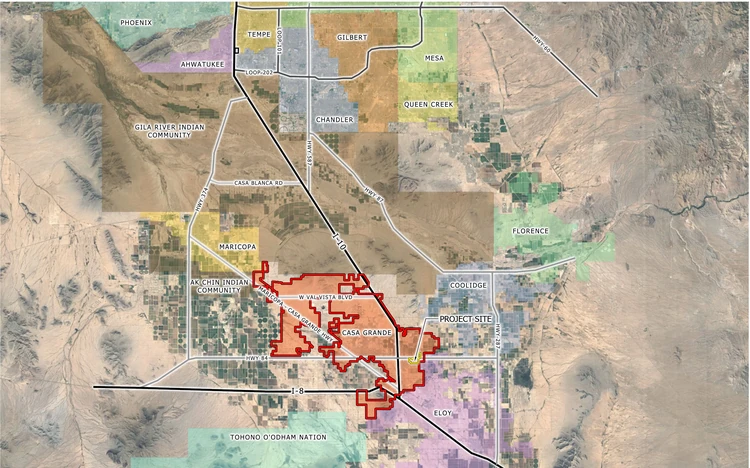ELLIOTT D. POLLACK & Company

FOR IMMEDIATE RELEASE
November 4, 2019 The Monday Morning Quarterback A quick analysis of important economic data released over the last week
It was a heck of a week for the economy. A significant portion of the data released either exceeded expectations or indicated strength. The jobs numbers were way ahead of expectations and there were significant upward revisions for the previous two months. Unemployment was up very slightly. Wages grew faster than the rate of inflation. Third quarter real GDP growth was at least respectable. And consumers continued to lead the way. Why wages are not growing faster given the very low unemployment rate will be addressed next week. The FED reduced its target for the fed funds rate by 25 basis points in an attempt to aid the economy. They also signaled they are done for a while. Consumer confidence remained at a high level. Housing price increases continued to slow (this should help affordability). The pending home sales index increased. The only real negative was that construction spending was down. And even though the ISM manufacturing index was again below 50, thus indicating contraction in the manufacturing sector, it was only very mildly below 50. But, overall, the data reflects an economy that is still growing at a reasonable rate given its age and the demographics and suggests that the economy will continue to grow for the near future. Not bad given all the hand wringing that is going on. In Arizona, the Sky Harbor numbers were excellent. Greater Phoenix housing prices continued to rise faster than most places in the country indicating that the supply continues to lag demand. And rental vacancy rates continue to decline in both Greater Phoenix but not in Greater Tucson. Overall, it was a better picture than most expected. U.S. Snapshot:
- Total nonfarm payroll employment rose by 128,000 in October. This far exceeded expectations of about 85,000. In addition, August numbers were revised upward from 168,000 to 219,000 and September numbers were revised upward from 136,000 to 180,000. These revisions are remarkable. The October numbers include about 36,000 jobs lost during the GM strike. Job growth thus far in 2019 has averaged 167,000 per month compared to an average monthly gain of 223,000 in 2018. The unemployment rate rose slightly to 3.6% from 3.5% the previous month. These unemployment rates are approaching a 50-year low.
- The Federal Open Market Committee cut the target range for the fed funds rate for the third consecutive meeting. The rate now stands at 1.5%-1.75%. The Fed also changed forward looking statements to reflect that rates will not go down from here unless something goes wrong. The phrase “act as appropriate” to sustain the expansion was removed from the statement. This signals that the FED has more flexibility going forward.
- Average hourly earnings for all employees on private nonfarm payrolls rose 6 cents in October and are now 3.0% over year earlier levels.
- Real GDP grew moderately again in the third quarter. Real GDP grew more rapidly than expected at 1.9% (annual rate) after growing 2.0% (annual rate) in the second quarter. Consumer spending remained a growth leader while inventory investment, trade and government were a drag during the quarter.
- Personal income rose at a 3.3% annual rate in September and stood 4.9% above year earlier levels. Disposable personal income was up 0.3% for the month and stood 4.9% over year earlier levels. Personal consumption expenditures rose 0.2% for the month and were up 3.9% from a year ago. The savings rate rose to 8.3% from 8.1% the previous month. These are good numbers and reflect a healthy consumer.
- The Conference Board’s consumer confidence index went down very slightly from 126.3 to 125.9 in October. The index is still at a very high level (see chart below).
- The ISM’s manufacturing index rose from 47.8 in September to 48.3 in October. While this is the third contraction in a row, keep in mind that an index reading of above 50 signals the manufacturing sector is expanding while a reading of less than 50 suggests it is contracting. Thus, while the manufacturing sector is contracting, it is doing so in a very mild fashion.
- Construction spending during September was down 2.0% from year earlier levels. For the first nine months of the year, construction spending was down 2.2% from the similar 2018 period. Private sector construction was down 4.6% from a year ago while public construction was up 6.6%.
- The S&P/CoreLogic Case-Shiller home price index (20-city composite) was flat in August compared to July and was up 2.0% from a year ago. The rate of growth in home prices has been slowing for almost a year. The slowdown in price gains is likely to continue.
Arizona Snapshot:
- Total activity at Sky Harbor International Airport increased in September by a whopping 6.5% over year earlier levels. This included a 6.7% increase in those who enplaned and a 6.2% increase in those who deplaned.
- According to the S&P/Case-Shiller home price index for Greater Phoenix, home prices in August were 6.3% higher than year earlier levels. This was the highest rate of increase of any city measured by this index for this time period. The 20-city composite for the index was up only 2.0%. This indicates a significant supply/demand imbalance in the Greater Phoenix area and suggests that the market needs more inventory.
- According to the U.S. Census Bureau, the homeownership rate in the state increased from 66.5% in the third quarter of 2018 to 66.9% in the third quarter of 2019. In Greater Phoenix, the homeownership rate was essentially flat over that time period at 67.5% this year compared to 67.4% last year. The rate increased in Greater Tucson from 59.5% to 63.9%.








